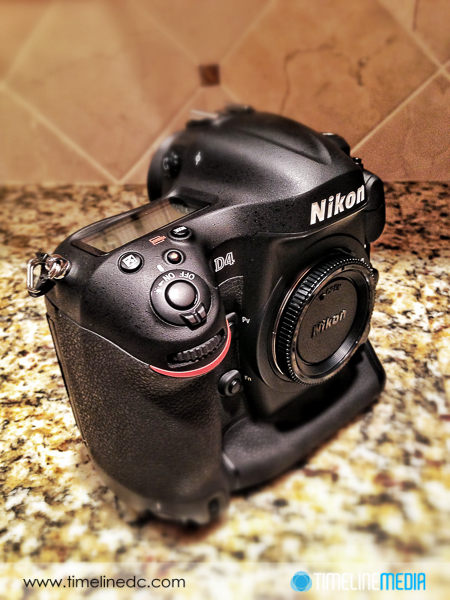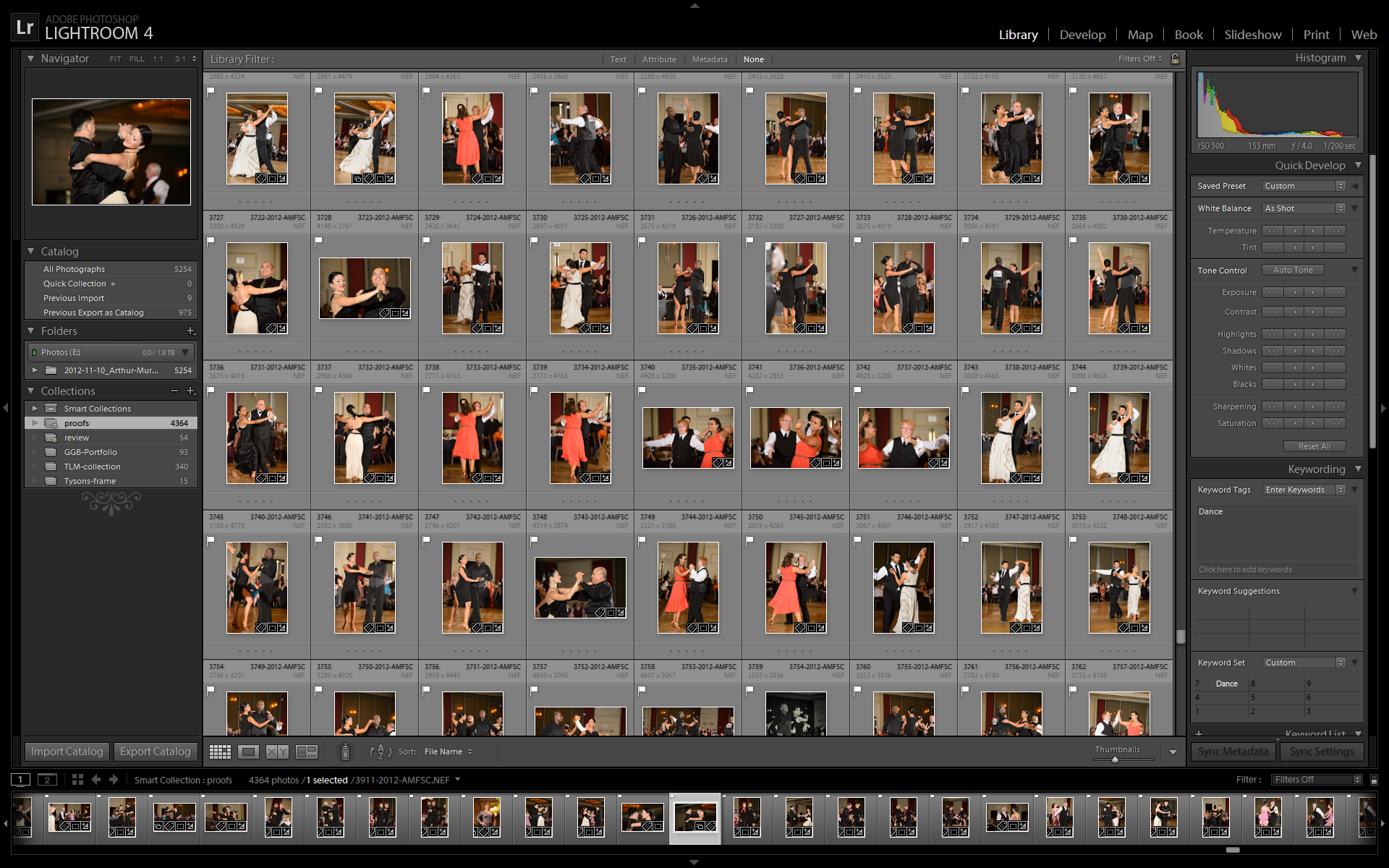
Equipment Matters
One of the photography mantras that is repeated on blogs and forums has to be “It doesn’t matter the equipment, only the operators behind the cameras that matters in making photographs.” There are so many examples of this from the collection of iPhone photographs, to Instagram superstars that create wonderful imagery with humble, accessible gear. With digital photography you can experiment with angles, lighting, time exposures, almost any variable you can imaging using the controls built into DSLRs or the slides built into smartphone apps. This has helped me to understand the functions of my camera and allowed me to quickly grow as a photographer much faster than I could have with film. This can take you only so far as a hobbyist or advanced amateur.
Professional Consideration
As a professional, my growth was also tied to the equipment that I was carrying in my bag. My first digital camera was a Nikon Coolpix 5700 that exposed me to RAW file capture, and some exposure control. My first DSLR was a Nikon D100 which I used with old camera lenses my father had from the 1980’s. They still worked on the D100, and I learned about full manual control using these old optics. I secured my first photographic jobs with this body because of my skills in composition, technique, and post processing.
But I soon ran into a technology wall. The Nikon D200 was released, and there had been a jump in quality. Whereas I could be interviewed after showing my portfolio, when my equipment list was discussed, I was turned away. It is not just that your images must look good, but your equipment must look the part as well.
That sounds controversial, but I see its merit especially in a time when everyone has a DSLR and standing out from the crowd is essential for your business. The upgrade to the Nikon D3 really took my images to the top of the heap. There was no comparison between this camera and any previous camera body. The images looked 3-dimensional to me both on the back of the camera, and in the prints. And the construction of the body of the camera with a built-in grip really looked the part. Knowing what to do with the camera in your hand is important, but in today’s marketplace, the kind of equipment you carry with you definitely plays a part in getting you noticed, and in the door.
TimeLine Media – www.timelinedc.com
703-864-8208




